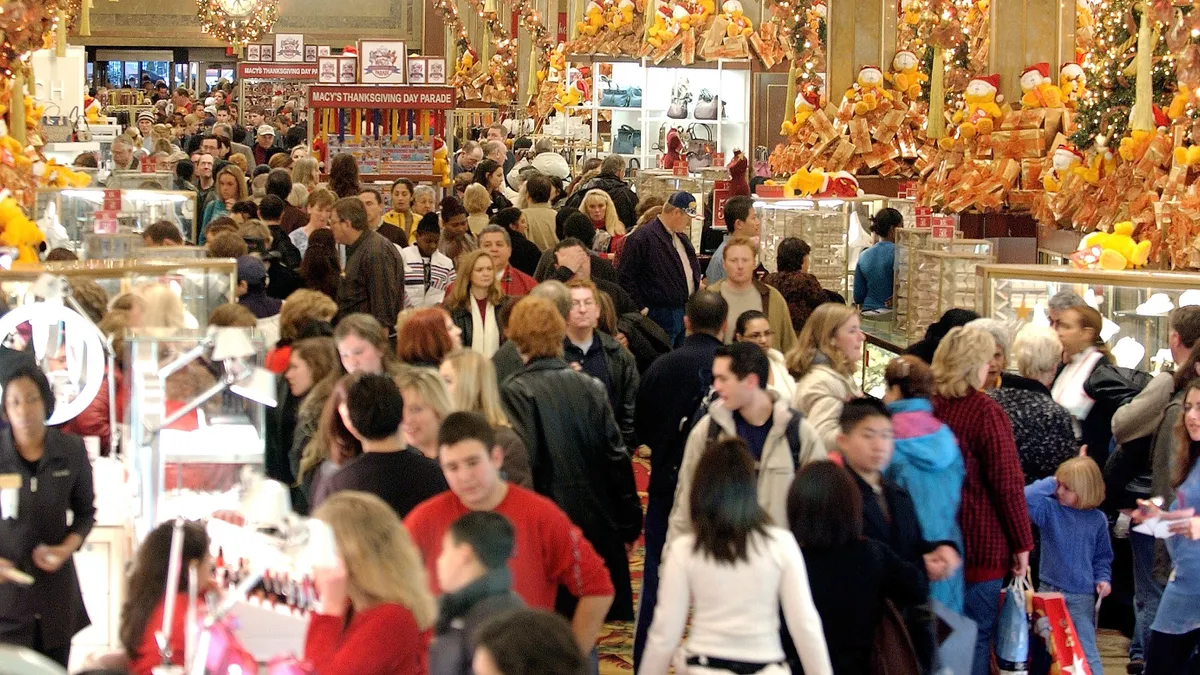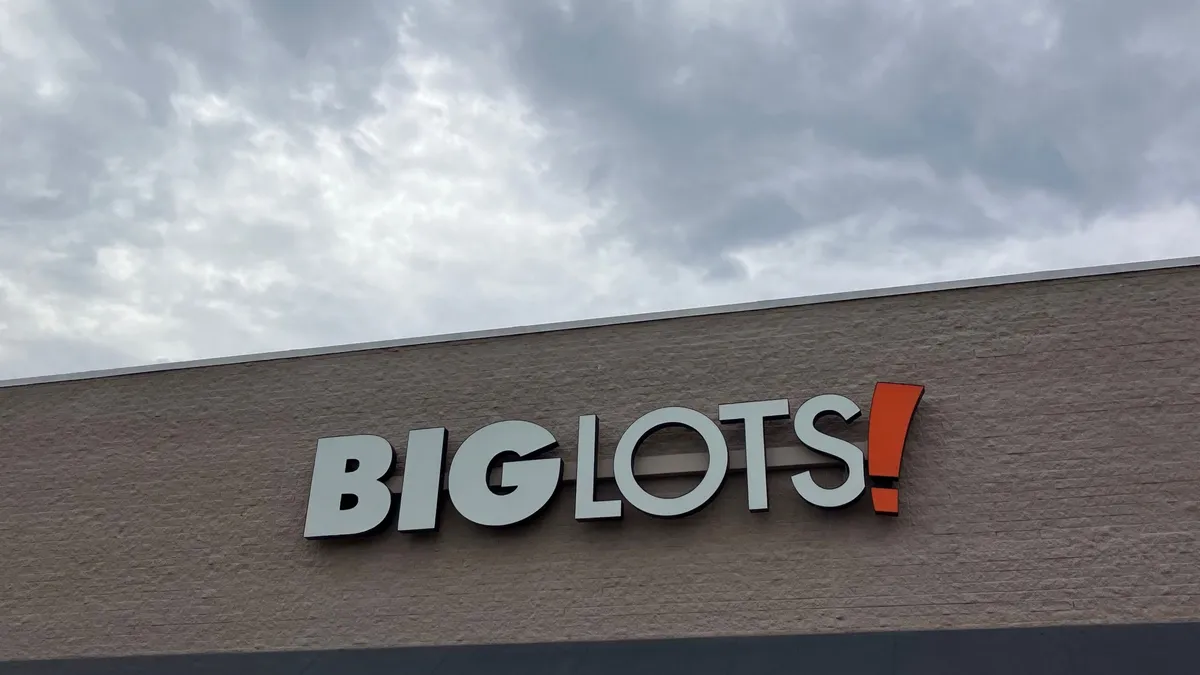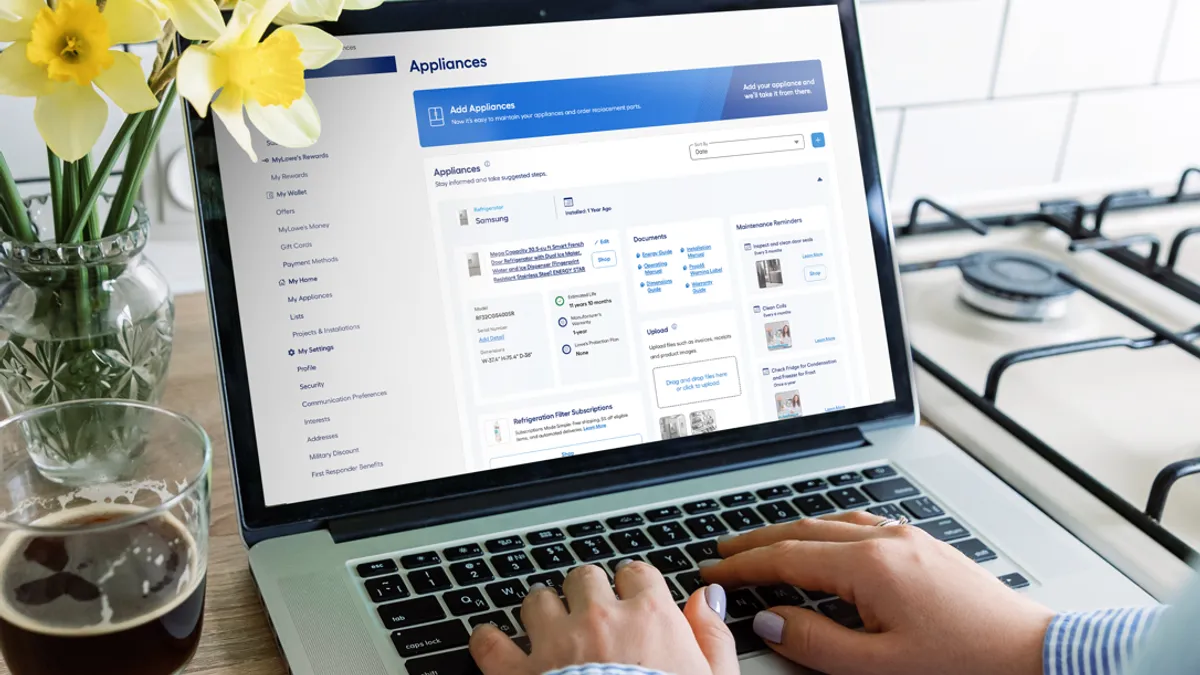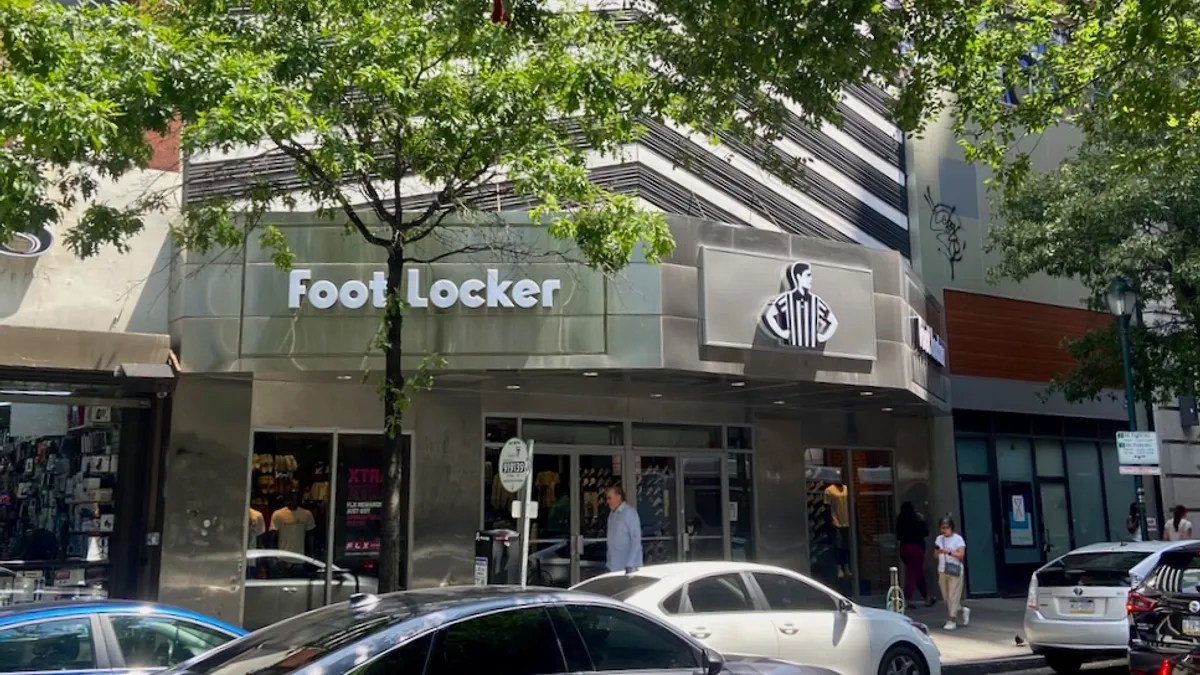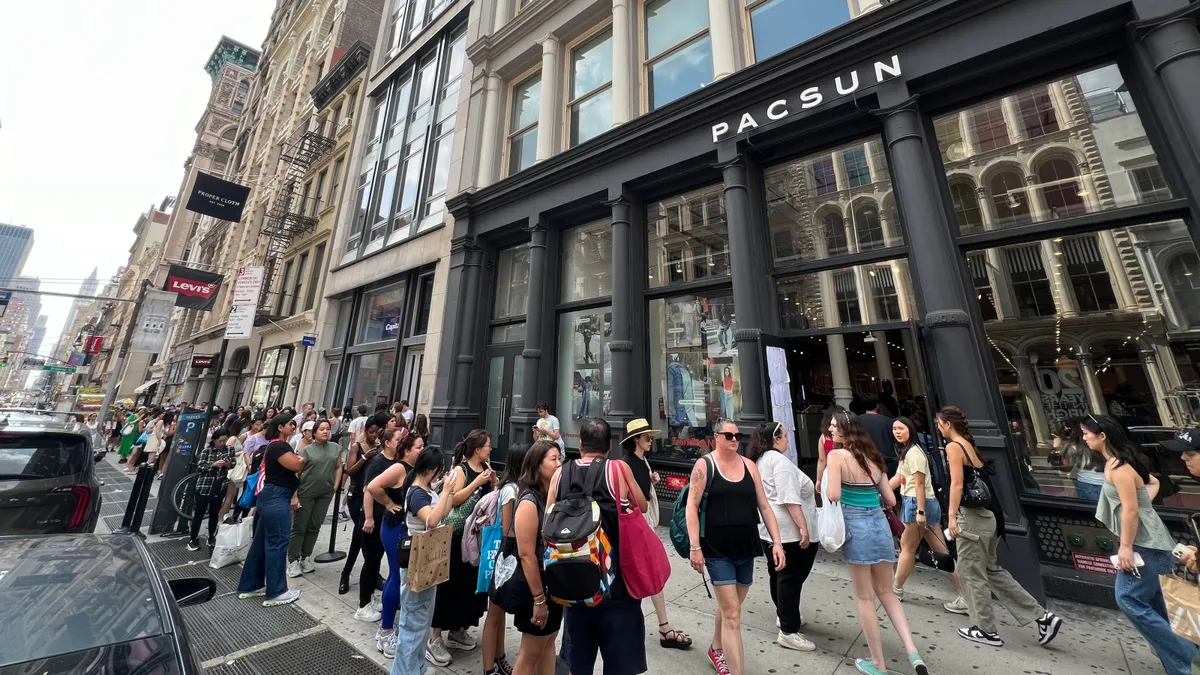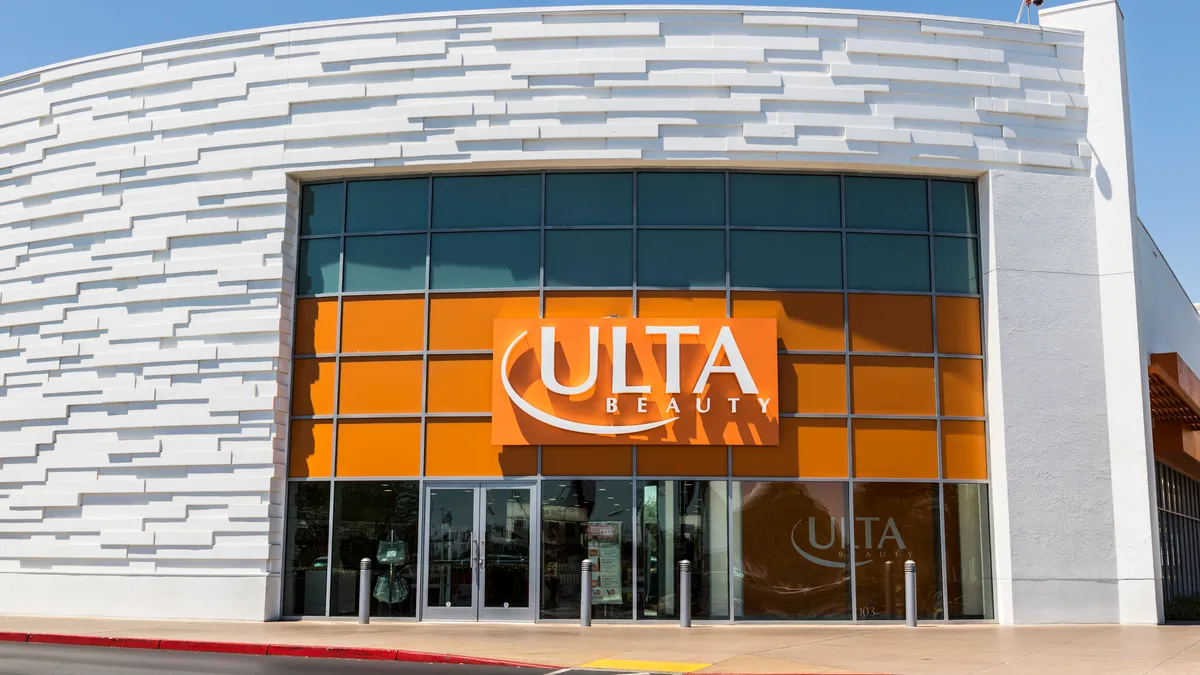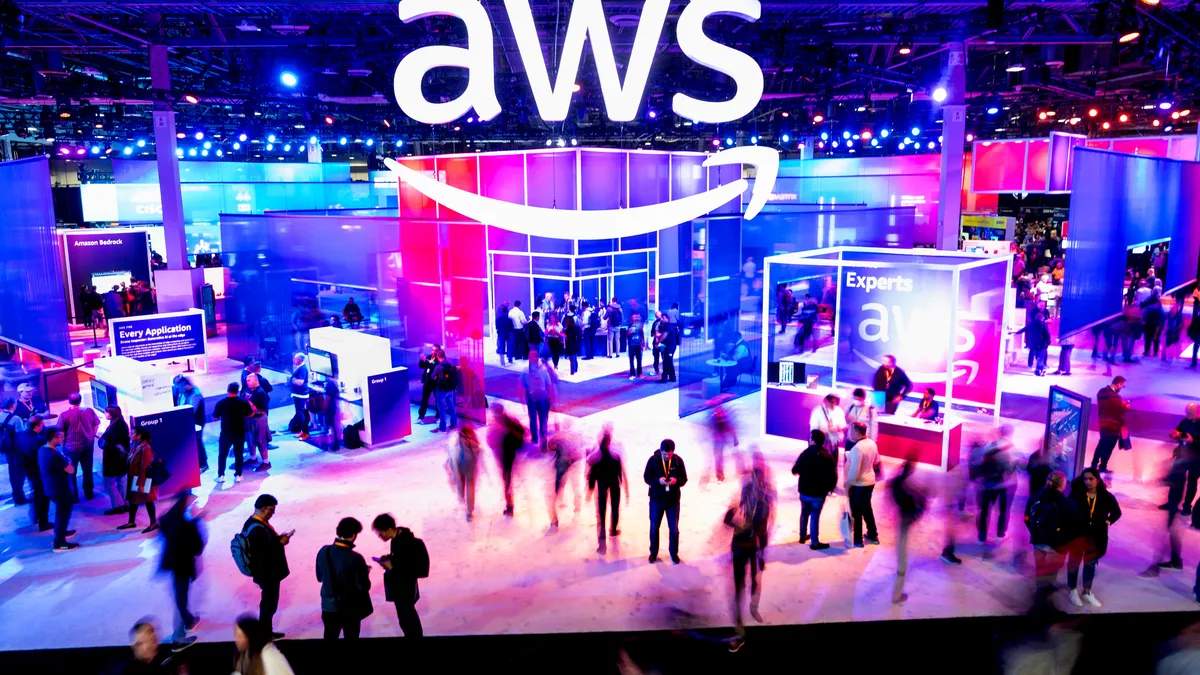Black Friday is looking more like Bleak Friday. Close to half of U.S. consumers plan to skip the seasonal retail sales blowout or its digital sibling Cyber Monday this year, according to JDA Software Group’s second annual holiday buying survey.
Blame the convenience and explosion of year-round e-commerce sales and discounts, the retail and supply chain solutions firm said: 73% of respondents prefer to do their seasonal shopping outside the confines of the holiday period, citing a fondness for e-commerce sales like Amazon’s midsummer Prime Day event, which boosted orders 60% in its second year.
Even Black Friday diehards are laying out, JDA found. Among consumers who shopped primarily in stores for Black Friday deals last year, 31% plan to shop mostly online this time around, while 20% plan to divide their shopping equally between the physical and digital realms.
“Consumers continue to be less influenced by Black Friday holiday deals and are expecting retailers to provide them with more personalized options throughout the year,” Jim Prewitt, vice president of retail industry strategy at JDA Software, said in a statement. “Amazon Prime Day was a hit this summer. It’s interesting to see how much of an impact it had on our survey respondents and their holiday shopping plans. Its popularity will cause many retailers to not only revisit their holiday sales strategy but how they compete throughout the year.”
But just because Black Friday and Cyber Monday are losing prominence doesn’t mean retailers are in for a rocky holiday season — far from it, in fact. Retail analytics firm RetailNext forecasts a 3.2% year-over-year sales spike over the November through December period, galvanized by a 14.9% annual increase in sales across digital channels.
The biggest difference between this year and years past is that the calendar no longer matters. Forget the extended Thanksgiving weekend — RetailNext anticipates that holiday shopper visits and store traffic will peak Dec. 17, reaching their lowest ebb on Nov. 29 (the Tuesday after Thanksgiving).
“Black Friday will drop from being the busiest shopping day of the year from a store traffic perspective for a couple of different reasons,” Shelley E. Kohan, RetailNext’s vice president of retail consulting, told Retail Dive. “Consumers just don’t feel compelled to shop on the timeline that retailers set forward for them. They’re going to shop when they want to shop. [Another] piece is clearly the digital influence. Online has pulled away from Black Friday as well. And when we look at Black Friday traditionally, it was a weekend event. A year ago it was a weeklong event. This year I’ve seen Black Friday sales as early as Halloween. I think consumers are aware that promotions and pricing will last before and beyond Black Friday.”
Black Friday’s transformation from one-day focal point to season-long mindset is the biggest trend merchants must address in the days ahead, but it’s not the only force shaping the 2016 holiday shopping season. Here are five other trends that should be on every retailer’s radar.
Mobile will matter more than ever before
Arguably no force is more disruptive than the booming growth of mobile commerce. Mobile devices will eclipse desktops in digital shopping visits this holiday season, vaulting ahead by a margin of 53% to 47%, according to Adobe’s 2016 Digital Insights Shopping Predictions report.
“For the first time ever we are expecting half of Cyber Monday and likely Black Friday sales to come on mobile,” Jordan Rost, vice president of consumer insights at Nielsen, told Retail Dive. “[This is] the year that mobile is finally going to arrive. We’ve been saying that for 10 years, and I think that finally will come true. It’s finally the year where retailers need to be focused on ‘What does my mobile experience look like?’”
For Amazon, it looks like a range of new mobile features. The e-commerce kingpin rolled out an overhauled version of its mobile application ahead of Black Friday, introducing Package X-Ray (allowing iPhone owners to scan a delivered package to see what's in it without opening it) and Search Anything (which enables shoppers to point their phone's camera at a real-world item to pull up a list of similar merchandise options). For archrival Wal-Mart, mobile looks like exclusive Black Friday deals, including dozens of items available solely via the retailer’s mobile app. And for online marketplace eBay, it looks like #GiftGoals shopping guides, which combine social media capabilities with practical advice for interpersonal engagement to propose holiday gift ideas mapped to 12 different personality types.
Many more U.S. retailers are ramping up their mobile efforts in advance of the 2016 holiday season. BDO USA’s annual Retail Compass Survey of CMOs found that 58% of chief marketing officers plan on including mobile in their holiday promotional plans and 23% have hiked their marketing and advertising budgets. One major change: Generic mobile coupons are a tactic that only 8% of respondents plan on using this year, compared to 34% in 2015. Retailers are instead focusing mobile marketing on targeted ads (32%) and social media apps like Instagram and Snapchat (29%).
“We found that 38% of product page views on Black Friday 2015 were from mobile, which was a 35% increase over 2014. Everyone has a supercomputer in their pocket these days, so we’re going to see that number continue to rise,” Brett Sanderson, product marketing manager for shopper advertising at consumer information network Bazaarvoice, told Retail Dive. “We’re finally seeing a larger ad spend on mobile than on the desktop for the first time ever, and we’re going to see that increase in the years ahead as well.”
Stores are still a sentimental favorite
Mobile’s mounting dominance doesn’t mean Americans have moved on from brick and mortar. A recent survey commissioned by Citi Retail Services found that 95% of consumers will buy at least one gift from a physical retailer this holiday season, and 52% of all gifts will be purchased in a store instead of online.
Shopping in stores is deeply embedded in the seasonal DNA, the Citi survey suggests. For 79% of Americans, shopping in a store over the holidays is as much about the experience as it is finding the ideal gifts. Another 58% say that digital commerce saps some of the fun out of holiday buying, 42% said visiting a store as a family to shop or check out holiday decorations is more common than singing holiday carols (25%) and 65% (including 74% of parents surveyed) said that some of their most vivid holiday memories involve shopping trips with family or friends.
Asked why they would visit stores during this holiday season, 66% of respondents cited decorations, 44% credited holiday ambience and another 34% pointed to holiday music. But while department stores are ramping up efforts to trick out their perennially popular holiday windows, consumers plan to visit all different types of retail environments this season.
"What’s interesting is seeing the growth and number of channels people are shopping through,” Nielsen's Rost said. “That includes the different outlets people said they would be willing to shop. Consumers will be shopping more in dollar stores and drug stores, so it's important for all retailers, not just big-box stores, to think about “What is our plan for Black Friday? How do we capture that shopping spirit? What is our unique spin on creating a good experience for those shoppers?’”
Retailers will recycle deals — and that’s not a bad thing
Merchants including Wal-Mart, Best Buy and Target are repeating Black Friday deals from last year, and some are even demanding higher prices for the same items, according to an analysis of holiday promotions conducted by deal monitoring site BestBlackFriday. In fact, all but one of the 25 retailers under the site’s microscope are recycling at least one promotion from last year, BestBlackFriday found, with computing giant HP the lone exception. In addition, all but three of the 25 repeated at least three deals from 2015, 20 of 25 repeated five or more deals from 2015, and 13 out of 25 featured at least one repeat deal that is more expensive than a year ago.
While familiarity historically breeds contempt, BestBlackFriday co-owner and former underwriter Phillip Dengler says the trend isn’t necessarily problematic. “Many stores repeat their Black Friday deals simply because of convenience. In many instances, this is not a bad thing, and it is even appreciated by the shopper,” Dengler wrote in a blog post. “Since a lot of repeated deals come from the ‘home’ and ‘kitchen’ categories, knowing that Kohl’s is going to offer the same price every year for a blender is very helpful… Retailers likely repeat deals because it works. If selling Goodyear tires for $50 every single year is successful, there is no reason to change the strategy.”
Electronics are the exception, Dengler adds. For example, Staples is offering a Brother printer for $59.99 after selling the exact same model for $49.99 on Black Friday 2015. “In most cases, older model electronics drop in price, so this is a cause for concern.”
Consumers will remain creatures of habit
The more things change, the more they stay the same. While Americans plan to spend $426 on gifts during the 2016 holiday shopping season, down from $487 a year ago, there will be little difference in the number and types of gifts on shopping lists this time around, according to Deloitte's 31st annual holiday survey of consumer spending intentions and trends.
Americans will purchase an average of 14 gifts this holiday, consistent with the last few years, Deloitte found. Apparel leads all product categories, with 50% of shoppers expecting to purchase clothing, up from 45% in 2014. Gift cards and gift certificates are on 48% of lists, while books, which had been in decline since 2011, are up four percentage points over 2015 to 34%. Jewelry, cosmetics and food/liquor also made incremental gains.
Electronics are on 36% of shopping lists, Deloitte said. Kantar Retail’s SVP of Strategic Advisory Dave Marcotte recently told Retail Dive he expects to see last season's bestsellers — Fitbit wearable fitness trackers, Amazon Echo interactive speakers and drones — again rising to the top.
“Amazon products will be sold aggressively," Marcotte said. "And newer stuff, like [virtual reality] enablers, goggles, headsets — that whole space is starting to explode.”
Last year, retailers and shoppers couldn’t get enough of Sphero’s “Star Wars”-branded BB8 droid, and interactive toys are poised to fuel Black Friday again this year. Hatchimals, a Furby-like animatronic toy created by Spin Master, looks like the breakout toy of 2016. For around $60, shoppers choose from a variety of eggs with interactive “magical” creatures inside. The catch is they don’t know exactly what’s inside until the egg hatches, which can take from 10 to 40 minutes of active “nurturing” by the egg's new owner. From there, children can teach their Hatchimal to walk, talk, play games and more. Good luck finding one on Black Friday or Cyber Monday: Spin Master has already warned that supply is limited for November and demand won’t be met until 2017.
Forecasters also expect intense demand for Cozmo, a mobile app-controlled toy described by manufacturer Anki as a “real-life robot like you’ve only seen in the movies, with a one-of-a-kind personality that evolves the more you hang out.”
Electronic and connected toys appeal to kids of all ages, NPD Group toy industry analyst Juli Lennett told Retail Dive. “Being connected is an attraction in and of itself,” she said. “Controlling a toy with your phone and using that as your device. We’re seeing more manufacturers take popular play patterns and add an electronic or connected component.”
Omnichannel will be omnipresent
Regardless of what shoppers purchase this Black Friday and where and how they buy it, they want a wide range of perks, including shipping and delivery options. And their expectations are skyrocketing.
For example, Deloitte found that 42% of shoppers now consider three- to four-day shipping "fast" – a significant drop from the 63% who said so during the 2015 holiday season. Instead, 83% of shoppers now consider “fast” shipping to mean delivery within two days. Speedy shipping pales in comparison to free shipping, however: 71% of consumers plan to capitalize on free shipping offers this holiday, far ahead of discounts on expedited shipping at 31%.
So it’s no surprise that for the second year in a row, Best Buy is suspending its $35 minimum order requirement for free shipping on web purchases through Christmas Eve. The electronics retailer is eliminating shipping costs in an effort to "remove barriers for customers who want to shop with us," spokesman Jeff Shelman told CNBC.
Best Buy was among the first retailers to conquer ship-from-store fulfillment, which the company has said has helped to cut costs and speed up deliveries. This year Target is rolling out enhancements to its buy online, pickup in-store program ahead of the holiday shopping rush, including making its Order Pickup service available on Thanksgiving Day starting at 6 p.m., when many of its stores are set to open.
About 80 of Target's top-volume Order Pickup-equipped stores have been remodeled to make the pickup process faster and more efficient; more than 90% of orders will be ready for pickup in an hour, up from 85% in 2015, due to program enhancements, team efforts and deployment of new technology. Target is additionally outfitting designated staffers in white “Order Pickup” t-shirts to help shoppers more easily identify which team members can help them retrieve their purchases.
Wal-Mart, meanwhile, will boost the level of merchandise available for omnichannel services like in-store pickup and same-day pickup of online orders. The retail giant has grown its online assortment from roughly 8 million items at the start of this year to 20 million heading into Black Friday, and plans to add millions more in the coming months. Wal-Mart also will dedicate some in-store employees as “holiday helpers” to smooth checkout by helping customers find the shortest line, opening registers as needed and grabbing last-minute items off shelves.
These types of omnichannel offerings are critical to winning Black Friday 2016 — not to mention the weeks and months to follow — says PwC partner Andrea Fishman.
“In the end, it comes down to convenience and reducing friction,” Fishman recently told Retail Dive. “Make it easy, connected and reduce the friction in the shopping process. And place emphasis on knowledgeable sales associates to help find products and explain features.”
This story is part of our ongoing coverage of the 2016 holiday shopping season. You can browse our holiday page for more stories.


